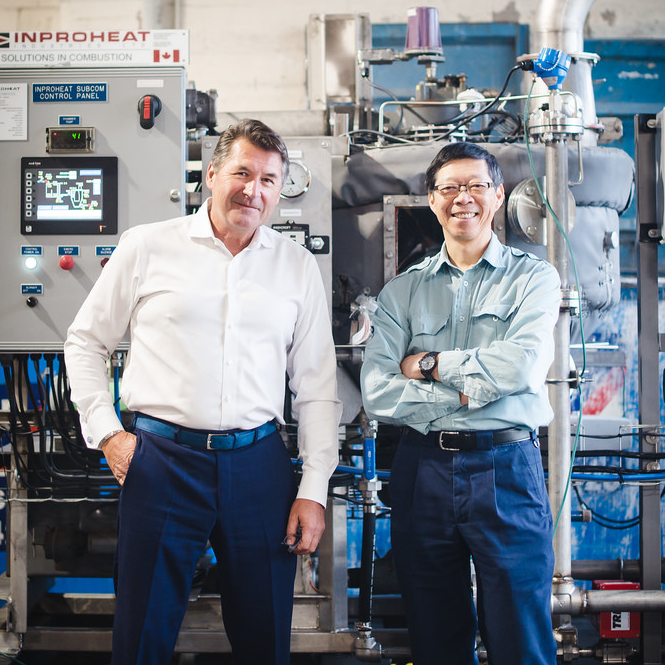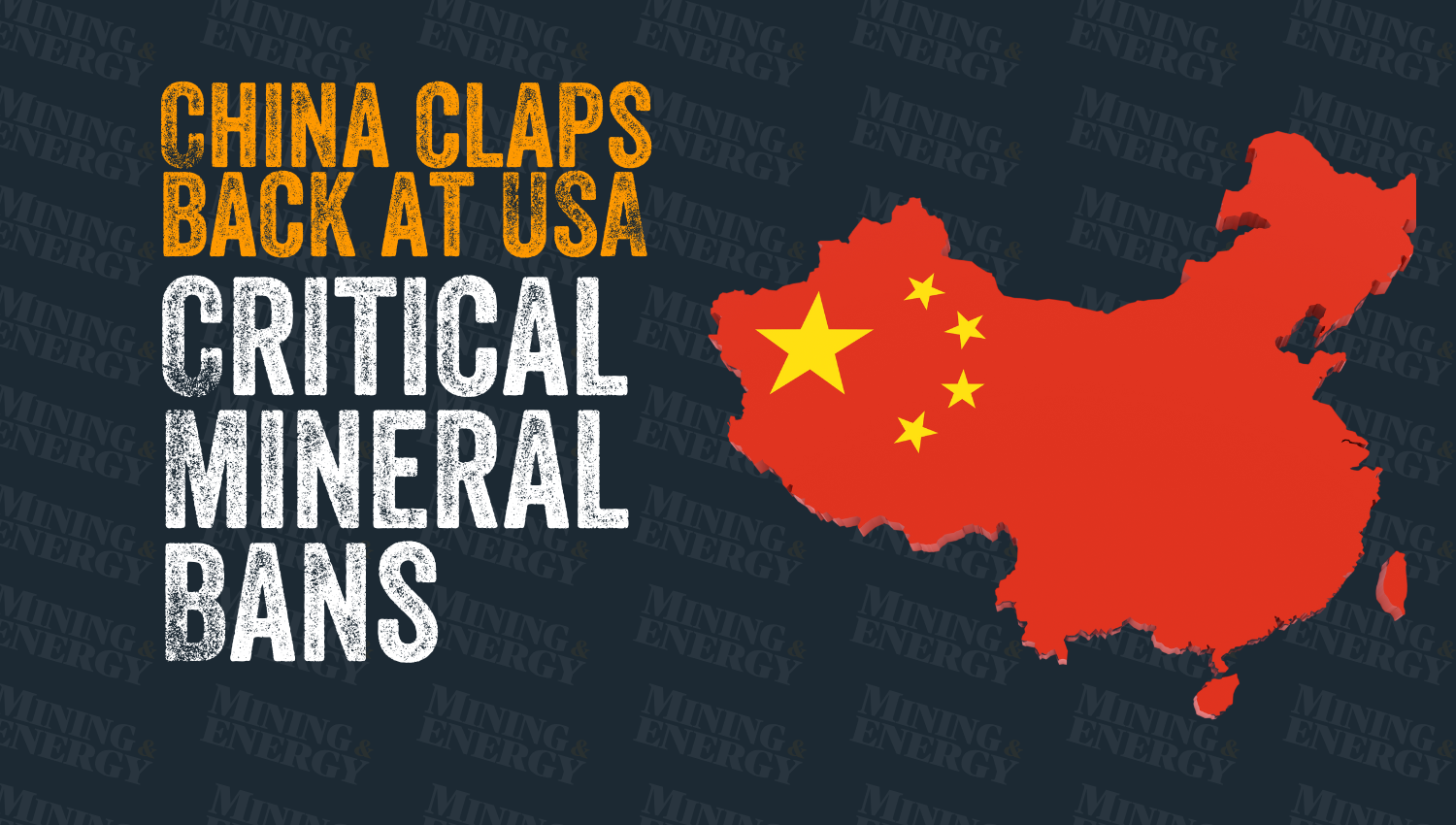Efficient hot water production with SubCom®

Steve Panz and Wes Young are eager to show the oil and gas industry how they can benefit from Inproheat's refined SubCom® technology. — Photo courtesy
Steve Panz and Wes Young are eager to show the oil and gas industry how they can benefit from Inproheat's refined SubCom® technology. — Photo courtesy Inproheat
Eric Panz founded Industrial Process Heat Engineering Ltd. (Inproheat) in 1958. The Austrian-born engineer specialized in thermal-process, heat and combustion heating technologies. Panz was well known for the submerge combustion technology he developed during the energy crisis of the early 1970s.
“He realized this was an opportunity with these high energy prices to look at technology that would address the need to embrace more efficient means of energy,” said Steven Panz, son of Eric and current president of the company, which has offices spread throughout Western Canada.
Steven used submerged combustion to heat a process liquid stream. His first client was a lumber company in British Columbia, and they sealed the deal with a handshake.
“It was a basic process for heating liquids with suspended solids,” Steven said. “We can say without any hesitation that the original installation is still operating.”
Steven now oversees the company’s legacy. Inproheat is still best known for its SubCom® technology.
“Along the way, we realized that, like any technology, it takes energy and time, time to evolve based on feedback on how to optimize it, replicate it and apply it to diverse applications,” Steven said.
Inproheat has pushed the envelope to maximize efficiency and reduce greenhouse gas emissions for its clients, especially now as more are aware of the problems of emissions.
Inproheat is looking to further improve its technology and apply it to oil and gas—a “risk averse” sector that Inproheat has wanted to help since the early '90s. To gain traction in the industry, the company competed in the ARCTIC Challenge hosted by Foresight, and has been chosen to move on to the sprint (final) phase.
“The technology they currently use for heating liquids doesn’t leave much room for optimization,” said Steven. “Their backs are against the wall today to try to leverage a more profitable recovery of the hydrocarbons.”
At the same time as increasing efficiency, Inproheat saves its clients money through both fuel costs and carbon tax values. In the case of oil and gas companies, even saving two per cent on their energy tax results in significant savings.
“In our case, it’s a quantum leap of energy improvement,” Steven said. “We deal with somewhere between 10 to 15 per cent of efficiency gain in the applications that we are dealing with in the ARCTIC Challenge.”
Foresight, COSIA and Alberta Innovates awarded funding through the ARCTIC Challenge to advance Canadian greenhouse gas emissions reduction technology. The specific goal of this competition was to create a solution for hot water production in mining. Currently, water is heated by diesel or natural gas. The water separates the bitumen from the sand particles in the process of hydro-transport.
Wes Young, chief technical officer, is working on the ARCTIC Challenge. “We proposed a further extension of our submerged combustion technology to achieve the higher temperatures that are required for the extraction of the oilsands,” he said. In the past, Inproheat has experienced limitations in terms of the temperatures the oilsands need for the extraction process. Given the nature of submerged combustion, higher temperatures have led to lower efficiencies.
“But there are ways to overcome that with the innovation we are testing in this ARCTIC program,” Young said.
Another limitation was the scale. The amount of energy needed in an oilsands operation for hot water extraction is larger than other current SubCom® applications. They would need more burners, which becomes difficult to manage.
“We were able to adopt higher capacity burners and thereby reduce the number of units required to provide the heat that’s needed,” Young said.
Participating in the ARCTIC Challenge allows Inproheat to demonstrate its technology, one that was previously overlooked by oil and gas, especially now that reducing greenhouse gas emissions is a priority.
“The industry needs to embrace new technology,” Steven said.
Thus far, Inproheat has received a positive reaction as one of two companies moving on to the six-month sprint phase. The challenge showcases and validates the technology.
“They will capture the range of information they need to confirm before possibly going to a commercial scale operation somewhere in the oilsands,” Young said.
Of the two companies selected for the sprint phase, one will be chosen for field testing at the oilsands sites, extending up to two years. “I think this program will give us exposure,” Young said. “Even if it’s not successful in proceeding to the next phase of the challenge, we believe that there may be some operators that will be interested anyway.”
While the oil and gas industry could have used this technology years ago, there was no incentive to try something that was considered novel as opposed to sticking with their less risky operations.
“The biggest barrier to growth is the fact that some industries are risk averse because they haven’t reached that threshold where they have no way further to increase their efficiency,” said Steven. “We believe there is future growth for this technology.”
Long term, Inproheat wants to continue to apply its technology to waste-water streams, ultimately contributing to the current goal of zero liquid discharge for mining, oil and gas operations.
“It requires smart integration of the technology from the overall process,” Young said.
They believe this is possible by sticking to their core direction of efficient energy use and combustion technology for the industry.



